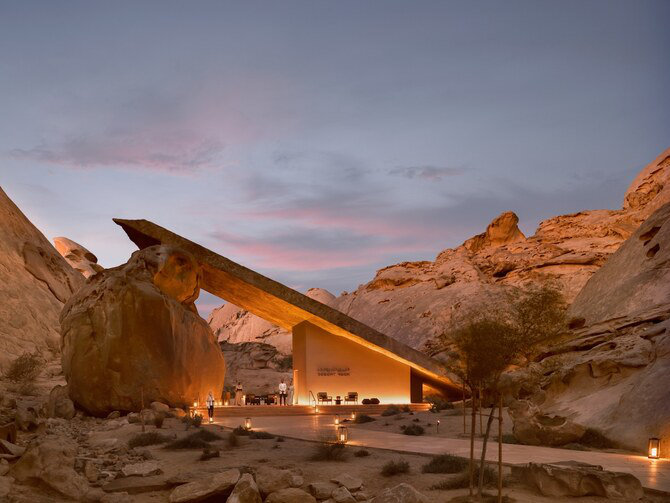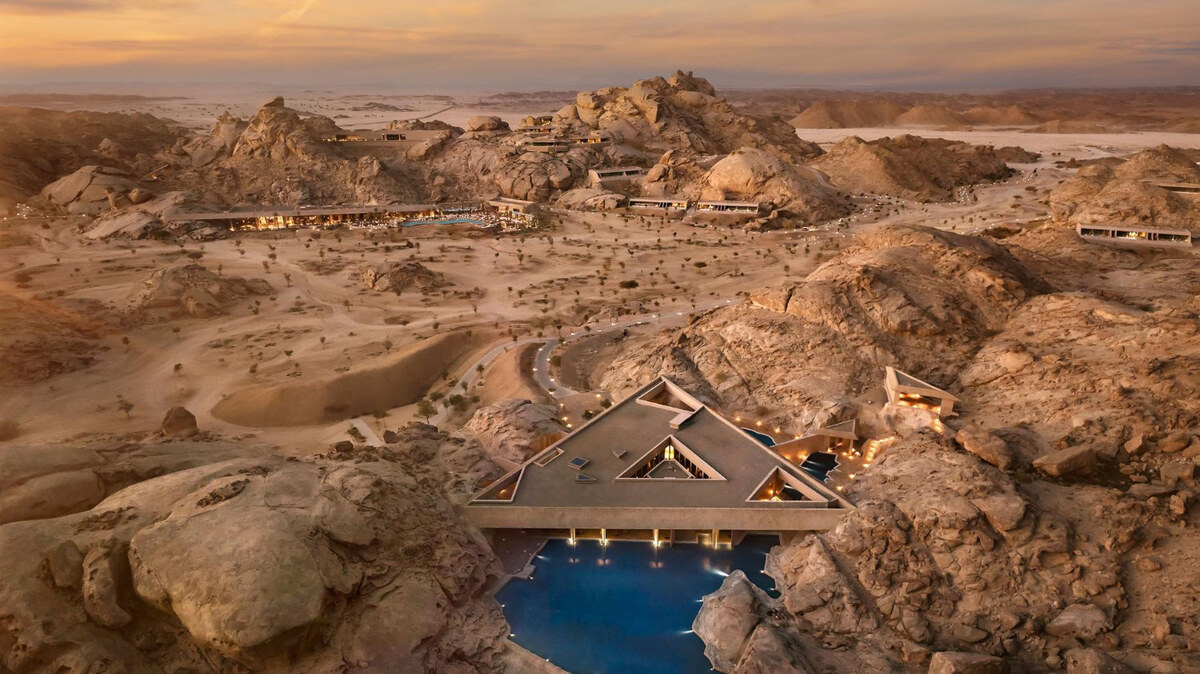Will COP29 deliver on the Global South’s demands?

https://arab.news/g3tsk
With the dust having long ago settled on COP28, the 28th Conference of the Parties to the UN Framework Convention on Climate Change, held in Dubai, the world now turns its attention to COP29 in Baku, Azerbaijan.
Scheduled for Nov. 11 to 22, COP29 represents a pivotal moment in the world’s climate negotiations, particularly for the Global South.
Developing nations are poised to continue their fight for substantial climate finance, robust adaptation strategies, and equitable policy outcomes within the framework of common but differentiated responsibilities based on the respective capabilities of nations.
COP29 could mark a critical juncture, determining whether these nations will finally gain meaningful influence in shaping global climate action.
COP28 saw intense debates about fossil fuel reduction and climate finance. The event brought together more than 85,000 participants to advance the implementation of the Paris Agreement’s core goals.
These include working to limit the rise in global average temperature to well below 2 degrees Celsius above pre-industrial levels, with a strong focus on pursuing the 1.5 C target. This is in addition to achieving net-zero emissions by mid-century, building climate resilience, and aligning financial flows to support these objectives.
Without tangible progress on climate finance, the promises of the Paris Agreement will remain out of reach for many developing nations.
Hamad S. Alshehab & Hassan M. Alzain
A major milestone at COP28 was the conclusion of the first Global Stocktake, a comprehensive assessment of collective progress toward the Paris Agreement’s goals. The findings reaffirmed the urgent need to ramp up efforts to achieve the long-term climate objectives.
This reaffirmation is especially critical for the Global South, where countries disproportionately affected by rising temperatures often lack the resources to adapt.
The Global Stocktake highlighted areas requiring immediate attention, including increased investment in clean-energy technologies, enhanced land management, and solutions for hard-to-abate sectors.
For developing nations, the success of this process hinges on the mobilization of financial and technical resources to implement these recommendations. Without substantial financing, the Global South remains vulnerable to the impacts of climate change.
Among the most debated aspects of COP28 was the inclusion of fossil fuel phase-out language in the final text.
For the first time, there was an explicit recognition that fossil fuels in energy systems must be phased out to achieve net zero by 2050. This transition should be carried out in a just, orderly, and equitable manner, grounded in scientific evidence.
However, the text’s language remained broad and non-binding, allowing for exceptions including poverty alleviation, which could permit continued fossil fuel use in certain contexts.
For developing nations, this presents both an opportunity and a challenge. Many nations in the Global South are heavily dependent on fossil fuels for socio-economic development and energy access and security.
The transition away from fossil fuels must therefore be accompanied by strong support mechanisms, including technology transfers, and substantial climate finance.
Without these, the phase-out of fossil fuels could exacerbate poverty and hinder socio-economic progress in the Global South and, therefore, undermine key expectations of the Paris Agreement.
In 2022, the number of people without access to electricity rose for the first time in more than a decade, reaching 685 million — an increase of 10 million compared to 2021.
This setback indicates we are still off track in achieving the goal of affordable, reliable, sustainable, and modern energy for all by 2030, as noted in the 2024 Tracking SDG 7 Report.
COP28 also saw progress on the Global Goal on Adaptation, with an agreement to double adaptation finance by 2025 when compared to 2019 levels, as outlined in the Glasgow Climate Pact at COP26.
This commitment is vital for the developing nations bearing the brunt of climate change. However, the framework remains vague, with no clear roadmap to monitor or evaluate these commitments.
Adaptation finance often refers to financial resources allocated to help developing countries adapt to the negative impacts of climate change. This is primarily through funding projects and programs designed to build resilience against climate-related disasters.
Adaptation finance is one of the most pressing issues for the Global South. Countries including Bangladesh, Mozambique and the Philippines are already experiencing severe climate impacts.
Without significant financial resources, their ability to adapt is severely limited. COP29 must tackle this gap by ensuring that the promised adaptation finance is fully delivered and effectively addresses the real needs of developing nations.
With COP29 just days away, several key issues will dominate its agenda for developing countries. These include climate finance, the operationalization of the Loss and Damage Fund, and the integration of food systems into national climate strategies.
One of the most pressing issues at COP29 will be climate finance. The Global South has long argued that the financial support from developed countries is inadequate. The Adaptation Gap Report 2023 estimates that the financing needed is at $194 to $366 billion per year.
Without tangible progress on climate finance, the promises of the Paris Agreement will remain out of reach for many developing nations across key climate change agenda items — especially adaptation.
Another critical issue is the operationalization of the Loss and Damage Fund, formally established at COP28. The fund is designed to compensate developing countries for existing climate impacts caused by emissions from wealthier nations.
At COP28, pledges to the Loss and Damage Fund quickly reached around $770.6 million. However, this is a drop in the ocean considering the billions of dollars needed to effectively address the scale of losses and damage.
The challenge at COP29 will be to ensure that developed countries follow through with their commitments and that the funds are distributed equitably to those most affected by climate change.
However, key questions remain about the fund’s operational details, including how much funding will be allocated, who will contribute, and how the funds will be distributed.
At COP29, developing nations will call for the rapid implementation of this fund, demanding clear guidelines on eligibility and distribution. They will also advocate for contributions from possible sources within the framework of the Paris Agreement, as the scale of the challenge far exceeds the current level of pledged resources.
Food systems were also discussed during COP28, but concrete actions were limited.
The agricultural sector is both a significant contributor to climate change and highly vulnerable to its impacts. Developing nations rely heavily on agriculture and, therefore, without integrating food systems into policies, efforts to mitigate climate change will fall short.
The World Bank estimates that by 2050, the global population will reach 10 billion, requiring a 60 percent increase in food production.
At COP29, the Global South will likely urge greater focus on food systems, emphasizing the need for climate-smart agriculture, reduced methane emissions, and more sustainable land-use practices.
To ensure developing countries can effectively make these transitions, strategies must be backed by financial and technical support.
As COP29 approaches, the question remains: Will the voices of the Global South on advanced and concrete socio-economic progress finally be heard?
For years, developing nations have been calling for more ambitious action on climate finance, adaptation, and mitigation. COP29 offers a unique opportunity to address these longstanding issues and ensure that the global climate response is effective.
The success of COP29 will hinge on the willingness of developed countries to fulfill their obligations, engage in constructive and forward-looking negotiations, and provide essential financial and technical support, including honoring the $100 billion pledge and doubling adaptation finance by 2025.
For the Global South to have a fair chance at navigating the climate crisis, COP29 must deliver on its promises and chart a course toward a more inclusive future for all nations, leaving no one behind.
* Hamad S. Alshehab led strategy, finance and governance at Aramco’s Innovation and Product Development Center, LAB7.
* Hassan M. Alzain led the environmental science, sustainability and policy group at Aramco’s Environmental Protection.





































